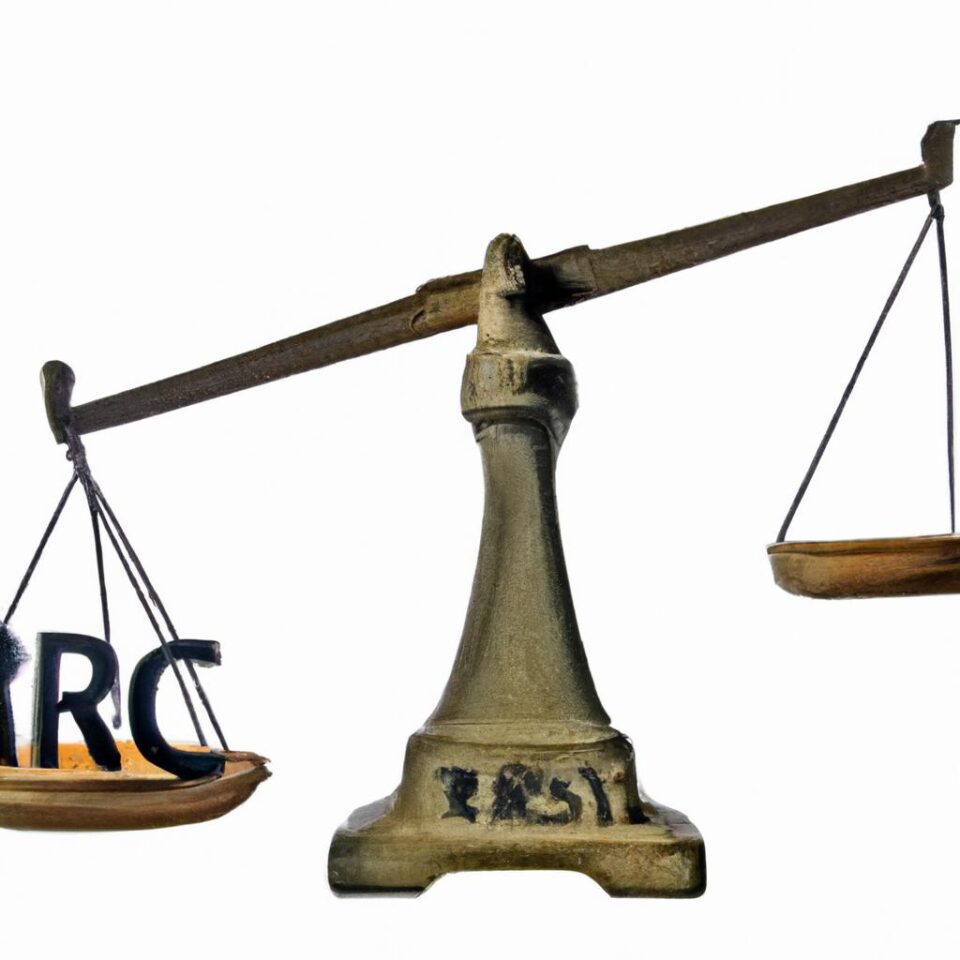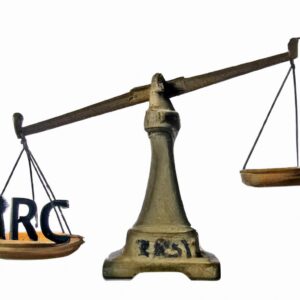Introduction: Understanding the ROI of Your Marketing Campaigns
As a business owner, it’s important to measure the return on investment of your marketing campaigns. This will help you understand how effective they are and what changes you need to make in order to improve their success. Measuring the ROI of your marketing campaigns is a vital step that must be taken for a successful business.
When considering ROI (return on investment), you must take into account both the immediate and long-term impacts of your efforts. By closely measuring the results of each marketing campaign you undertake, you can determine whether or not you’re actually seeing an increase in sales, leads, or overall brand awareness. Without knowing this information, you can’t tell whether or not your efforts are really paying off.
Measuring the ROI of your marketing campaigns can be a daunting task, but it’s essential for understanding how to maximize your return and make more informed decisions about future campaigns. This guide will walk you through the steps necessary to measure the ROI of your marketing campaigns and use the data collected to make smarter decisions for your business.
Defining Your Goals
Before you can measure the ROI of your marketing campaigns, it’s important to clearly define your goals. Knowing what you’d like to achieve with your marketing efforts is the first step to success.
To start, ask yourself some questions: What are your long-term objectives? How much do you want to spend on each campaign? What kind of results do you expect? Answering these questions will help you create an effective and efficient plan for measuring ROI.
In addition to defining a clear set of goals, you should also decide on the duration of each campaign. Are you looking to measure the success of your campaign over a month, six months, or longer? Deciding on the timeline for each campaign will help you keep track of progress and make it easier to measure the ROI in the future.
It’s also important to consider the expectations and motivations of your target audience. Understanding the needs and interests of your potential customers can help you devise marketing strategies that are more likely to yield positive results.
Finally, it’s essential to have a realistic budget for each campaign. Determining how much you’re willing to spend on each marketing effort will enable you to make informed decisions when it comes to measuring ROI.
Determining Your Resources
Measuring the ROI of your marketing campaigns is an important part of any successful strategy. Before you jump in and start planning your campaign, it’s essential to define which resources you’ll need in order to accurately measure the effectiveness of your efforts. This section will cover the different types of resources you should consider when evaluating the success of your campaign.
Financial Resources
One of the most obvious resources that you’ll need when measuring your ROI is financial resources. You’ll need to figure out how much money you’re willing to invest in your marketing campaign, as well as how you’re going to track and reconcile any expenses.
Time Resources
It’s also important to factor in time resources when planning your marketing campaign. You need to plan how much time and effort you are willing to put into the campaign, as well as how you’re going to allocate resources to analyze the data to evaluate your ROI. Additionally, it’s important to consider the time of year that you’re launching your campaign, as certain times may offer more opportunities than others.
Technology Resources
Finally, you need to think about the type of technology resources you’ll need in order to properly measure your ROI. For example, you may need to invest in software or analytics tools that can help you track the performance of your campaigns. Additionally, you may need to consider the type of platform you’re using to advertise, as this will also affect the data you’re able to collect.
In conclusion, there are several resources that you need to consider when determining your ROI. Financial resources are necessary to fund the campaign, time resources are needed to plan and analyze the data, and technology resources are required to track the performance of your campaigns. By considering these factors, you can ensure that you have the right resources in place for a successful marketing campaign.
Creating Benchmarks for Your Campaigns
Benchmarks provide a baseline to measure the success of your marketing campaigns. They can help you compare performance in different campaigns, measure progress overtime and identify areas of improvement. When creating benchmarks, it’s important to be realistic about what performance you can expect from your campaigns.
The type of benchmarks you set will depend on your goals: do you want to increase conversions, website traffic, brand awareness or something else? Establishing specific SMART (specific, measurable, attainable, relevant, and time-bound) goals can help you determine the benchmarks you need to track. For example, you might decide to set a benchmark of 10% more conversions after one month of running a new campaign.
It’s important to measure the right metrics when creating benchmarks. Other than the metrics that are related to your goal, there are some general key performance indicators (KPIs) you should also be tracking. These include click-through rate (CTR), cost per acquisition (CPA), average order value (AOV) and return on ad spend (ROAS). Once you have established your benchmarks and KPIs, you can begin to track and analyze the data.
Establishing KPI’s
If you want to measure the success of your campaigns, you need to establish key performance indicators (KPIs). KPIs help you to measure the performance and effectiveness of various elements within your campaign.
When setting your KPIs, it’s important to identify which metrics you should be tracking. A few popular metrics that are frequently used to measure the ROI of marketing campaigns include cost per lead, cost per acquisition, conversion rate, and average order value.
In addition to the above, there are numerous other metrics which can prove useful for measuring the ROI of your campaigns. You should take the time to identify which metrics are relevant to you and your goals.
Once you have identified the KPIs you want to track, you need to set up systems to collect this data. This could involve using analytics tools such as Google Analytics or creating bespoke reports from your customer database.
Lastly, it’s vital to ensure that you regularly monitor these KPIs in order to accurately measure the ROI of your campaigns. By doing so, you can use the data to inform future decisions and optimize your campaigns to achieve even better results.
Analyzing Data
When it comes to analyzing the data you’ve collected in order to measure the ROI of your marketing campaigns, there are a few things to keep in mind. It is important to have a process in place for collecting, sorting, and interpreting the data. Data analysis should focus on finding trends or patterns that can be used to make decisions about future campaigns.
The first step is to organize the data into categories. This will help you identify any areas where more information is needed. You should also look for connections between different data points to determine if there are any correlations. Once all the data is organized, you can start to draw conclusions based on what the data is telling you.
Next, you should calculate some metrics to compare each campaign. This could include cost per acquisition (CPA), return on ad spend (ROAS), or any other metric that helps you quantify the success of the campaign. Understanding these metrics is key to determining which campaigns were the most successful.
Finally, pay attention to outliers that may not fit into any particular pattern. These can sometimes indicate new opportunities or provide an explanation for certain results. Keeping an eye out for these outliers can help you to better understand the overall effectiveness of your campaigns.
Analyzing the data from your marketing campaigns is a critical step in the ROI process. It is important to have a well-defined process in place in order to track the effectiveness of your campaigns. By understanding the data and drawing conclusions, you can use this information to make better decisions on future campaigns and improve your ROI.
Conclusions
Data analysis is an important part of measuring the return of investment (ROI) of your marketing campaigns. By understanding your key performance indicators and analyzing the data collected, you can make more informed decisions for future campaigns.
You should use the insights gathered from both qualitative and quantitative data to make strategic decisions. This will help you optimize your marketing efforts and ensure you are spending your resources in the most efficient manner.
You may also want to look into additional tools to track the ROI of your campaigns. This will give you a clearer view of how successful they have been and where improvements are needed.
By taking the time to analyze the data and measure the ROI of each of your campaigns, you can make sure you are getting maximum value for your marketing investments.
comments: 0

